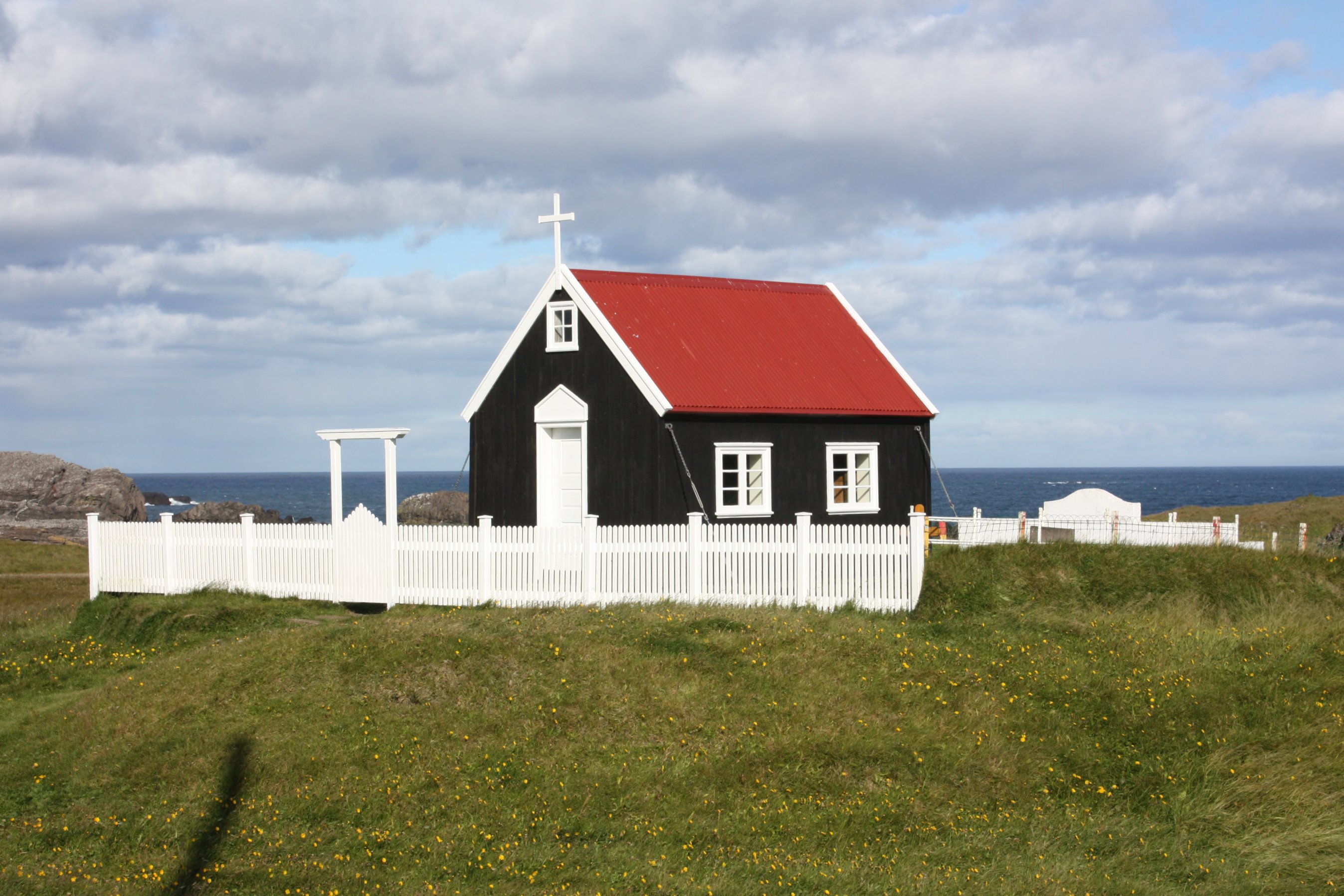Papey on:
[Wikipedia]
[Google]
[Amazon]
 Papey () is an island near the east coast of Iceland in the municipality DjÚpavogshreppur and is about in extent, the highest point on the island being about above sea level.
The island was inhabited from the
Papey () is an island near the east coast of Iceland in the municipality DjÚpavogshreppur and is about in extent, the highest point on the island being about above sea level.
The island was inhabited from the
 Papey () is an island near the east coast of Iceland in the municipality DjÚpavogshreppur and is about in extent, the highest point on the island being about above sea level.
The island was inhabited from the
Papey () is an island near the east coast of Iceland in the municipality DjÚpavogshreppur and is about in extent, the highest point on the island being about above sea level.
The island was inhabited from the settlement of Iceland
The settlement of Iceland ( is, landnÃĄmsÃķld ) is generally believed to have begun in the second half of the ninth century, when Norse settlers migrated across the North Atlantic. The reasons for the migration are uncertain: later in the Middle ...
until 1966. There still is a lighthouse, a dwelling house, a church and a weather station on the island, the latter automated since 1998. There are also large colonies of Atlantic puffin
The Atlantic puffin ('), also known as the common puffin, is a species of seabird in the auk family. It is the only puffin native to the Atlantic Ocean; two related species, the tufted puffin and the horned puffin is found in the northeastern ...
s on the island.
Papey is said to be named after the monks called Papar and it is mentioned in the LandnÃĄmabÃģk as one of two places where these monks lived. The story in LandnÃĄmabÃģk is that as IngÃģlfr Arnarson and his followers had lived during the winter at Geithellar in ÃlftafjÃķrður at a distance from Papey, some of his women followers climbed a mountain in the spring and saw smoke from the island. When they later got a closer look and found special items there, they understood that the smoke had to have been from Papar (or quote: "Vestmen {{unreferenced, date=August 2016
Vestmenn (''Westmen'' in English) was the Old Norse word for the Gaels of Ireland and Britain, especially Ireland and Scotland. Vestmannaeyjar in Iceland and Vestmanna in the Faroe Islands take their names from it. T ...
") inhabitants. There are also some toponyms on the island (aside from the island's name itself) indicating Papar monks were living there.
Archaeological survey
In archaeology, survey or field survey is a type of field research by which archaeologists (often landscape archaeologists) search for archaeological sites and collect information about the location, distribution and organization of past human c ...
s on the island and in the area surrounding DjÚpavogur, especially between 1970 and 1980, did not show any evidence of any monk settlement. There was, however, evidence of Norse settlements. Some of these surveys were led by the then- president of Iceland, Dr. KristjÃĄn EldjÃĄrn.
{{Coord, 64, 35, 30, N, 14, 10, 00, W, display=title, region:IS_type:isle
Islands of Iceland